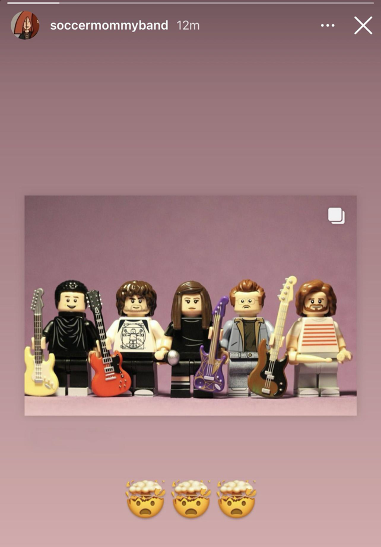The medium of memes

When you look at this meme, what’s your reaction?
If you’re young and spend a decent amount of time on the internet, you’ve likely seen it already, and it may have earned a chuckle. But if you’re not as immersed in Generation Z culture, you may be thinking that this image is pure nonsense.
I’ll give you a hint — it isn’t.
Semiotics is the study of symbols, and it’s a crucial part of communication. A lot of memes assume the roles of symbols and, without any words, can communicate a meaning to their targeted audience.
The targeted audience?
Young people.
This explains why older generations struggle to understand the seemingly “nonsense” memes that their teens are laughing at. Memes are made by young people for young people. And this is where sociology comes into play.
‘Language game’ is a theory that describes how in human language, there are rules and characteristics that are universally agreed upon and followed that allow us to communicate with each other.
If you don’t know the rules, you can’t comprehend the language. In a postmodern society, however, language games are far more complex and difficult to keep up with.
This is because the rules are constantly changing, the characteristics are open to interpretation and ideas can be mixed and combined to create something new.
“I think there’s a fair amount of intention that goes into these memes,” said Stephanie Wilson, a Media and Communication professor at Castleton.
She noted that memes as a medium started out as “goofy,” but seemed to take on more meaning as people gave them meaning. But she wondered what inclined people to put so much thought into a medium like memes.
“The characteristics of that medium — there’s something about it that’s powerful to people,” Wilson said. “It says something about the people who love them so much…what is that? What is it about the characteristics of a meme, what is it about that format that holds so much interest for people?”
The resounding answer?
Memes are a form of interaction unique to this generation. Older generations can’t understand our language games because they don’t know the rules.
“It’s like a brotherhood of strangers who all share an inside joke,” said sophomore Brandon Kreiser.
Even among the anonymity of the internet, we can interact with a community of our peers through memes.
Other students agreed.
“Memes are communication. It’s this community aspect that our generation has created,” said Castleton sophomore Jacob Lazo.
He also pointed out that topical memes about current events can inform us on things before we even hear it on the news.
“I can’t tell you how many times I’ve heard about something that’s happened through a meme,” said Lazo, offering last September’s “Area 51 raid” and the birth of Elon Musk and Grimes’ child as examples.
Memes are highly interactive. Fans are constantly liking and sharing and adding on and combining until we’ve got something completely different from what we started with. The challenge with that is that memes are rapidly changing on a day by day basis.
“If you’re not on the internet, you’re missing out,” said Cain Pierce, another Castleton student.
Staying up to date on memes is certainly a feat. But with the accessibility and instant gratification of the internet today, it’s made easy.
And for young people, it’s important.
Memes are an integral part of our culture.
“I think it may be a medium that I blew off a little bit, but this is starting to make me think that it has more significance.” Wilson said, impressed.
She was surprised that memes could have such complex meanings.
“I thought memes once upon a time were like a flash in the pan. But now, I don’t know, it certainly doesn’t seem that way. It seems like they’re around to stay.”






